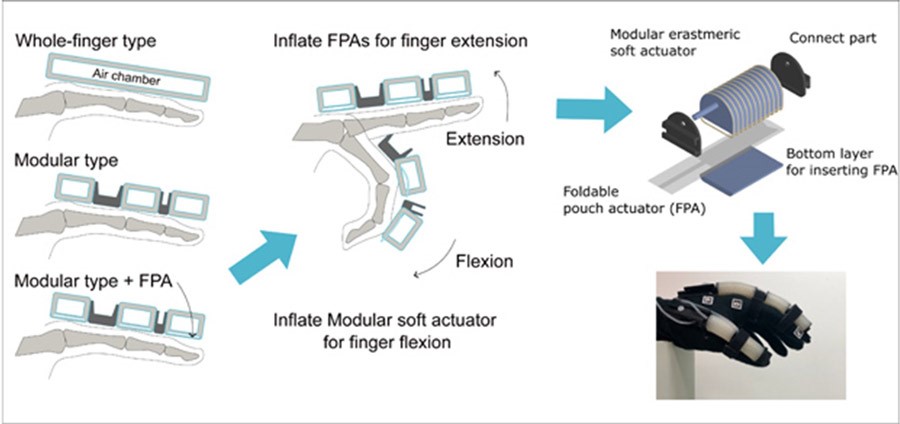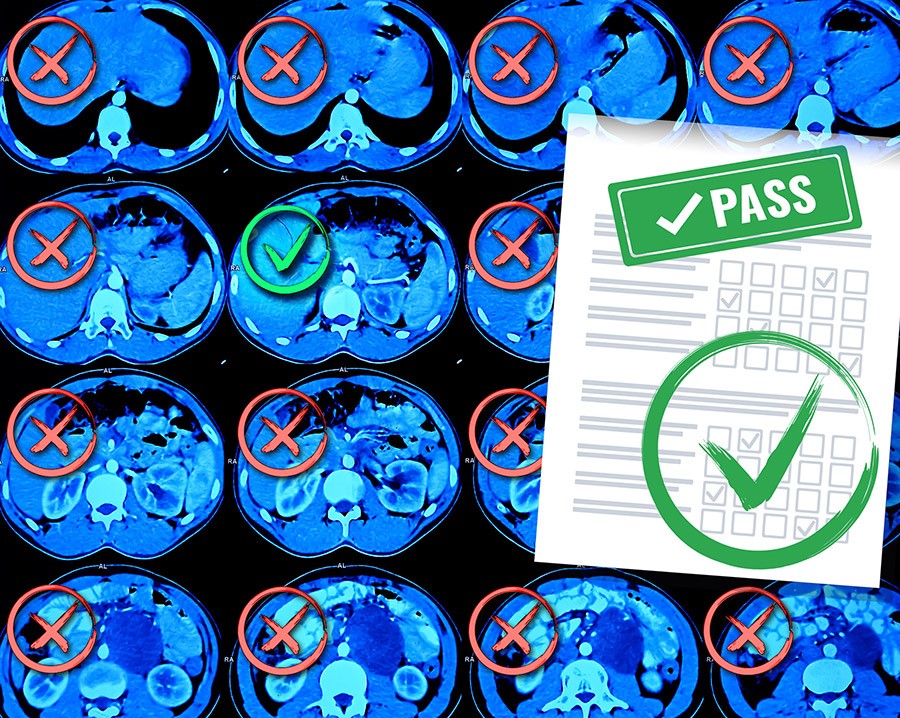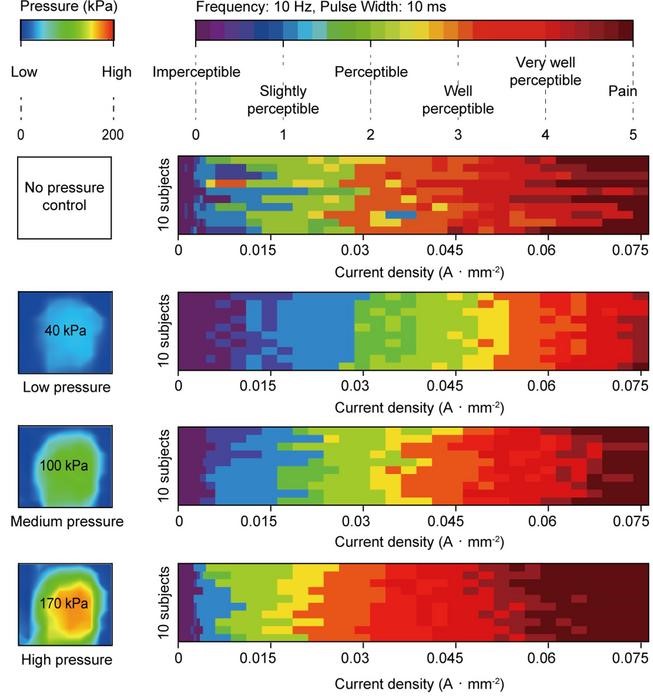New ATP Imaging System Sheds Light on Kidney Energy Dynamics and Disease Treatment Potential
The incidence of kidney disease in Japan has been on the rise, now affecting one in eight adults, but finding effective treatments remains a challenge [1]. The kidneys are among the most energy-demanding organs in the body, constantly producing and consuming significant amounts of adenosine triphosphate (ATP), the molecule that stores and transports energy. However, understanding ATP dynamics—the changes over time in ATP production and use—within the kidney has been difficult due to the lack of appropriate imaging technologies.

Figure 1. Kidney Scan.
Figure 1 is for illustration purpose only. Researchers have developed a new ATP imaging system that allows them to visualize ATP levels in various kidney cells, including deeper segments of nephrons, which are the kidney's functional units. This system offers a detailed view of how energy is generated and utilized in different parts of the kidney. Using kidney slices from GO-ATeam2 mice, a genetically modified mouse model created by the researchers that expresses an ATP biosensor, they were able to study ATP dynamics in real-time.
A significant finding from the study was the identification of distinct ATP synthesis pathways in different nephron segments. Proximal tubules were found to be highly reliant on oxidative phosphorylation (OXPHOS) for ATP production, whereas podocytes used both OXPHOS and glucose conversion. This segment-specific ATP production suggests that targeting these pathways could lead to more effective treatments for kidney diseases.
The researchers also applied their imaging system to study ATP dynamics in disease models, including ischemia-reperfusion injury and chemotherapy-induced damage. They observed that ATP levels in proximal tubules were particularly affected in these models, underscoring the role of energy metabolism in kidney injury.
Lead researcher Dr. Shigenori Yamamoto [2] highlighted the significance of understanding the intricate interactions among kidney cells in developing therapeutic strategies to enhance kidney function. "Experimental techniques that allow for the analysis of multiple cell functions over time, including our novel system, will be a powerful tool," he notes.
The research team aims to further refine their imaging technique and apply it to study ATP dynamics in various models of kidney injury, including those related to diabetes, aging, and drug-induced damage. By gaining a deeper understanding of how ATP production is affected in these conditions, they hope to identify new therapeutic targets and improve treatments for kidney diseases.
Source: Kyoto University
References:
- https://www.kidney-international.org/article/S0085-2538(24)00409-5/fulltext
- https://www.eurekalert.org/news-releases/1052219
Cite this article:
Hana M (2024), New ATP Imaging System Sheds Light on Kidney Energy Dynamics and Disease Treatment Potential, AnaTechMaz, pp. 273















